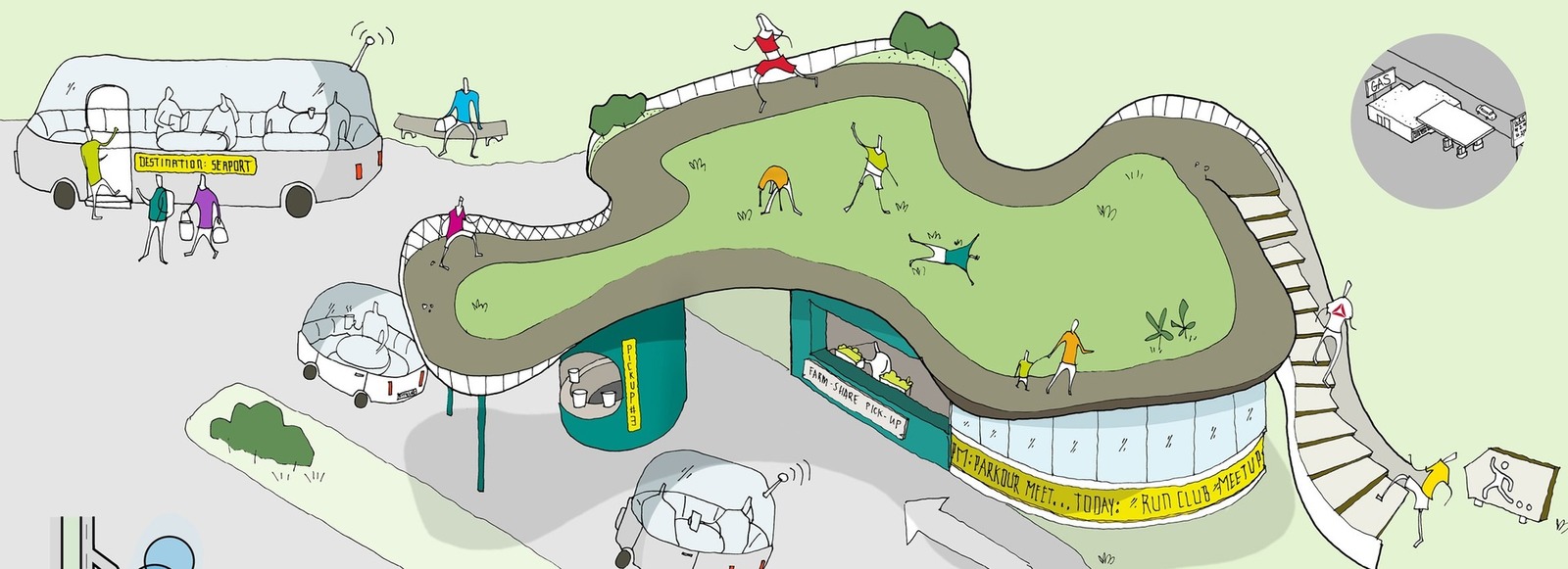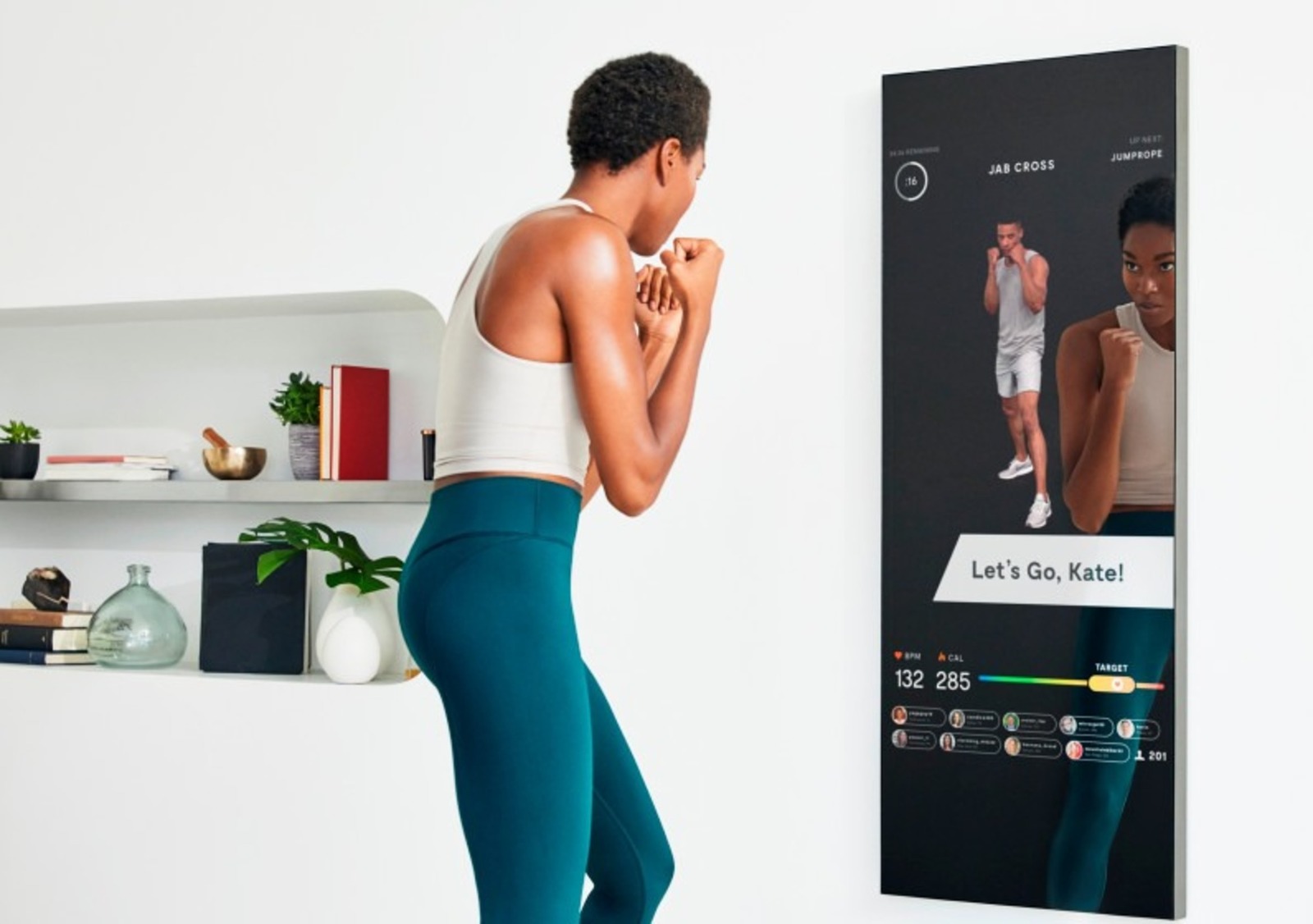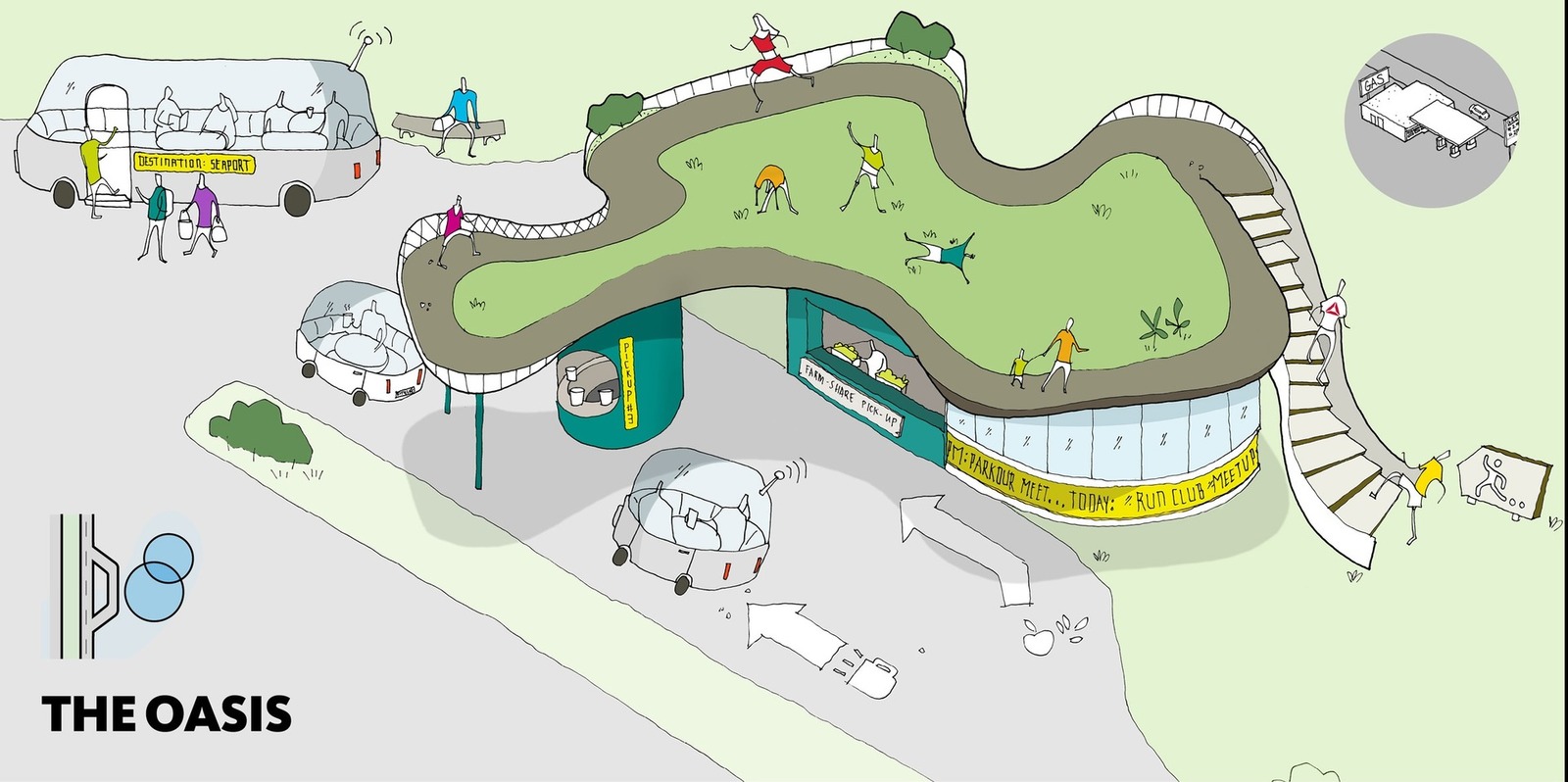24/09/2018
The Wellness industry has a turnover of around 3.7 trillion dollars worldwide. In recent years, it has experienced a growth rate of over 10% per year, which has skyrocketed in some sectors such as “wellness tourism”, whose growth rate (14%) is double that of traditional tourism (6.9%).
There is no doubt about it, it is an emerging sector, where technology is set to play an even more important role in the coming years and where companies such as Google, Amazon, Facebook or Apple have already set their eyes to develop new products and services that underpin this growing interest in wellness.
No wonder. As a recent CB Insights study reveals, wellness is part of our lives from the time we wake up until the time we go to bed. It’s not just about food or the gym, but includes clothing, transportation, work, vacations or sleep, to name just a few of the things that make up our day-to-day, increasingly wellness-oriented lives.
From sleep robots to virtual nutritionists to companies marketing CBD oils, the wellness market has given rise to a vast universe of startups that exploit every angle of wellness.
This is the case, for example, of TouringSense, smart clothing that analyzes how you move and tells you how you should move to get the most out of your physical activity. O Mirror, a giant mirror that looks like a large smartphone where you can see yourself doing the exercises at the same time as your virtual monitor, with which you can interact on the screen.
The number of applications or companies is almost infinite. Not surprisingly, we must remember that ‘Wellness Tech’ encompasses the most diverse categories, such as anti-aging treatments, meditation or corporate wellness.
In order, the categories that move the most money according to the latest data from the Global Wellness Institute are as follows are Beauty and anti-aging treatments (999 B$); Healthy food, nutrition and weight loss (648 B$); Wellness tourism (563 B$); Fitness: (542 B$); Preventive medicine in public health (534 B$); Alternative medicine (199 B$); Real estate wellness (119 B$); Spa industry (99.8 B$); Thermal waters (51 B$); and Workspace wellness (43 B$).
Is it only a breeding ground for entrepreneurs and startups? Nothing could be further from the truth. Large companies are already developing complex and innovative projects in an area that looks set to be of vital interest to consumers in the coming years. This is the case of the sports brand Reebook, which, together with the architecture firm Gensler, has come up with a concept for converting gas stations into energy-generating sports centers.
The impact of the‘Wellness Economy’ affects all sectors of production, shaping communities towards an increasingly healthy lifestyle. Large companies in the technology sector are aware and are developing tools to combat digital addiction through the development of health assistants with artificial intelligence.
Google, for example, recommends through its AI assistant workouts and menus tailored to each person. Amazon has developed a Health and Wellness team integrated into Alexa, its voice assistant, and Apple wants to build a personalized health chip to process biometric data.
A universe of opportunities for young and old that has in digitalization its best weapon to satisfy the desires that society demands: a healthier world where well-being is at the center of all our activities.












